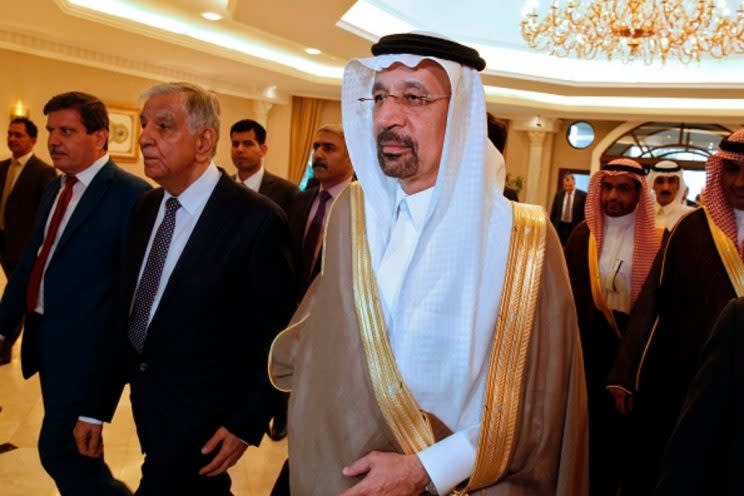For oil prices, Saudis are in the driver's seat of a smaller car
OPEC’s biannual meeting is not likely to change much
OPEC’s biannual meeting on Thursday has enormous implications for energy prices and will test the cartel’s ability to manage policy aimed at controlling pricing. If last November’s biannual meeting’s attempts to reduce production are any indication of what to expect in the near term, OPEC may find the future challenging. Last November’s attempts to lift prices as a result of production cuts aimed at reducing global surplus did raise prices for several months, but as we have seen, that lift in pricing has come under pressure.

The fact of the matter is that OPEC and traditional non-OPEC members now have another producer supplying the global market with cheap energy—the United States. US production has played havoc with the traditional OPEC pricing matrix and has increasingly become far more efficient. As little as three years ago, shale oil production cost the equivalent of $70/bbl. That figure has dropped since to roughly $50/bbl. With ready supply being brought to market at roughly $50/bbl here by US producers and now being exported globally, any effort to shore up pricing from these levels will be nearly impossible. WTI crude closed Tuesday at $50.73/bbl. That is not a coincidence.
Adding a degree of challenge to the equation for OPEC is that slack in global demand, coupled with increasingly more efficient US production is effectively keeping a lid on prices. Without a significant upsurge in demand, and possibly even with one, supply and pricing metrics have changed permanently. US production has risen nearly 780,000 bbl/day since November.
Another theme that has been undermining OPEC pricing comes in the form cheaters. OPEC has notoriously fallen victim to producers that have violated production limits and recent months are no different. At the top of that list is Iraq, which missed its output targets to the upside by roughly 160,00 BPD in Q1.
OPEC isn’t going anywhere. In fact, Russia and OPEC have agreed to extend production cuts for an additional nine months. Production cuts or not, an uptick in demand or not, US production has permanently altered the axis of energy power globally. If nothing else, Saudi’s ability to produce at lower fixed costs will effectively keep them in the driver’s seat for the foreseeable future. Saudis will just be driving a smaller car.

